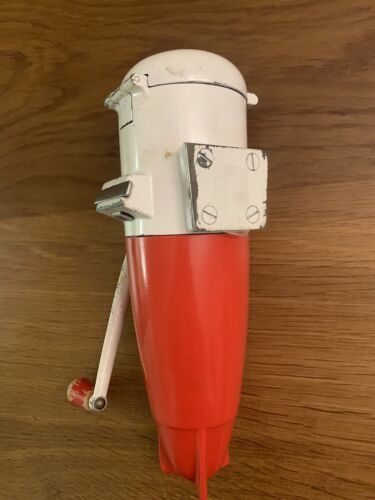#IceCold #Collectibles #Vintage #Modern #WorthPoint
In many parts of the country right now, temperatures are soaring into three digits. It’s summer, so we have to expect a heat wave, but it’s been especially bad this year. I’m living on iced coffee, cold lemonade, and snow cones. I can’t imagine not always having ice at the ready, but just a hundred years ago, keeping cool wasn’t easy.

THE EARLY ICE TRADE
Our modern conveniences make so much possible, but in the 19th century, foods were often preserved by canning, preserving a season’s worth of fresh-picked fruit in sealed jars. Depending on the crops stored, families could also keep vegetables below ground in root cellars, sometimes for up to nine months.
Though people could salt-cure fish and meat, ice was later in high demand by wealthy families that wanted cold drinks and other treats. The first real ice trading began in 1806 when Frederic Tudor used hand saws and, eventually, horse-drawn wagons to cut giant blocks from the frozen ponds on his family’s Massachusetts estate. He planned to ship them to the Caribbean islands—where no one had ever seen ice—but his first efforts were disastrous, and by 1812, he was in debtor’s prison, having lost thousands.
Tudor persevered, though, and the ice trade eventually made him millions. Ice houses made of thick wood timbers and insulated with straw and sawdust could keep ice reasonably solid, and people could store some foods in the cooler buildings.
MANAGING ICE BLOCKS
So, a wooden barn-like structure filled with huge ice blocks is one way to have cold storage, but what about smaller applications for household use and food prep? Like anything, it’s about the right tool for the right job. Ice vendors kept large blocks in one piece for cooling in an ice box, but picks, hammers, and crushers were the best way to reduce them to smaller bits for other uses.
From a large block of ice, bartenders and cooks often chiseled off pieces and smashed them with hammers, but the process could have been more efficient. In the early 20th century, the Alaska company, out of Winchendon, Massachusetts, created an early fly-wheel driven ice crusher. Restaurants and pubs mounted them on their counters or bars, and customers marveled at how fast the cranker could turn a block of ice into small bits for cocktails and cold food.
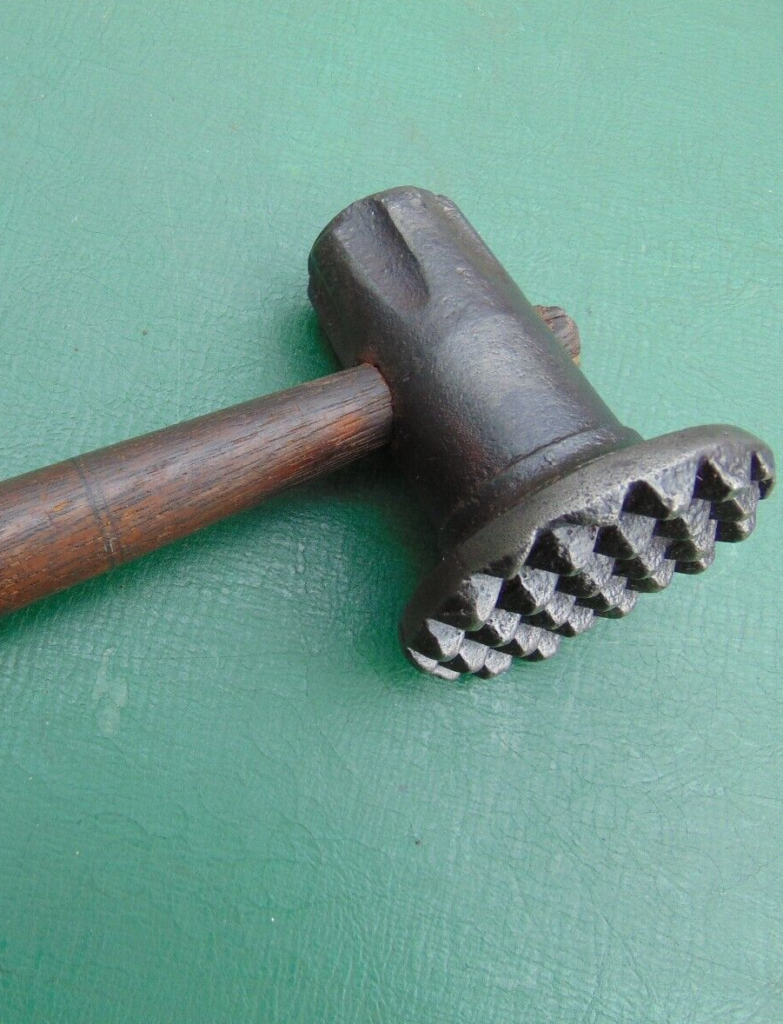
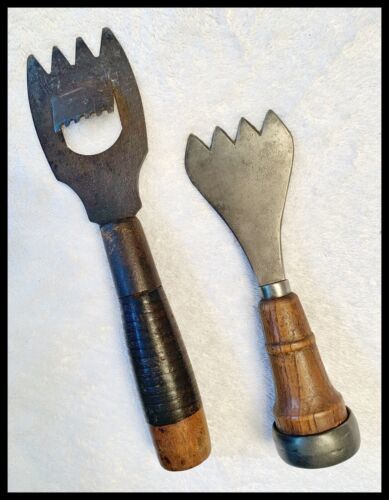
ICE FOR THE HOME
Large blocks of ice inside wooden cabinets were the norm for the first part of the 20th century, but electric refrigerators became standard as technology evolved. With them came ice trays, which solved the issue of large cubes. The trays were metal and had levers that loosened the cubes for drinks or in a bucket on a drinks cart.
During the 1950s and ’60s, when home entertainment meant matching glasses and set-ups, ice cubes were often too large or unwieldy. Enter the home ice crusher. There was a kitchen gadget for everything in the mid-century modern period, and ice was no exception.
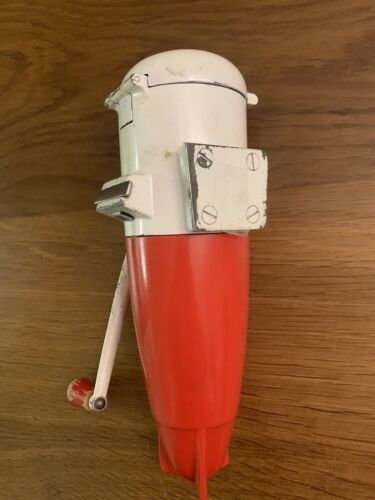
The Atomic design elements were everywhere in these hand-cranked beauties, and homemakers kept them out on the counter or bar, where they complemented the décor. In addition to getting freshly crushed ice, the user got in a workout by cranking the cubes into fine or coarse chips.
MODERN ICE GOES HIGH TECH
We’ve come a long way from harvesting frozen pond water and hand-cranking sleek ice crushers for the home. Of course, technology played a part, and Rival introduced a countertop electric ice crusher. The user fed frozen cubes into the front of the machine, and crushed ice appeared seconds later in a handy side drawer. But wait, there’s more…
In 1965, Frigidaire introduced the first refrigerator with an automatic ice maker contained in the door. With the push of a button, freshly cubed or crushed ice came right out of the door. While kitchens were getting more futuristic every year, the one appliance that seemed to be the center of it all was the refrigerator. Organization and on-demand ice keeping everything fresh was a focal point of ads aimed at homemakers.

COOL, CLEAN FUN
There’s only so much you can do with ice cubes and crushers, but toy makers still needed to get into the game. In 1967, Hasbro released the Frosty Sno-Cone Machine. Kids loaded ice cubes into the hat, cranked the handle, and out came fluffy, snow-like slush.
The company included an assortment of syrup mixes in different flavors. Parents in the 1960s didn’t have any qualms about letting kids play with a machine that included tubes of sugar and rotating blades that could shred ice (and a few fingertips as well).
Other companies made similar toys; I had the machine that featured Snoopy, which was a hit on a hot summer day. My mother was happy that I kept away from her Swing Away ice crusher since my brother and I had a bad habit of putting saltines, cheese, and chocolate chip cookies in it.
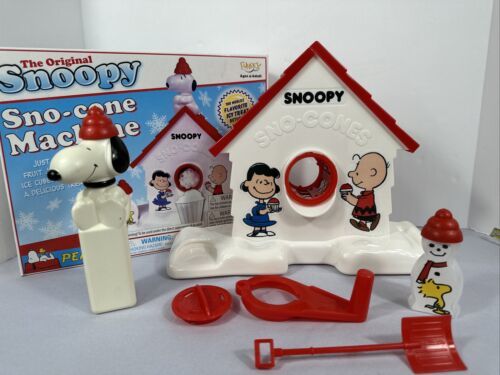
THE LATEST
The innovations in cooling and preserving food haven’t stopped with ice in the door. One more high-end appliance that’s selling fast is a countertop instant ice maker. Nugget ice is very on trend now, but perhaps in a few decades, they’ll be retro.
Reliable cooling and refrigerated food storage has come a long way from horses pulling heavy iron saws across a pond to ice on demand. Whether we’re packing a cooler for a picnic, a bait box for a fishing trip, or sipping a tall glass of lemonade on a summer night, until cooler weather comes along, we’ll all have to chill out.
Brenda Kelley Kim lives in the Boston area. She is the author of Sink or Swim: Tales From the Deep End of Everywhere and writes a weekly syndicated column for The Marblehead Weekly News/Essex Media Group. When not writing or walking her snorty pug Penny, she enjoys yard sales, flea markets, and badminton.
WorthPoint—Discover. Value. Preserve.

